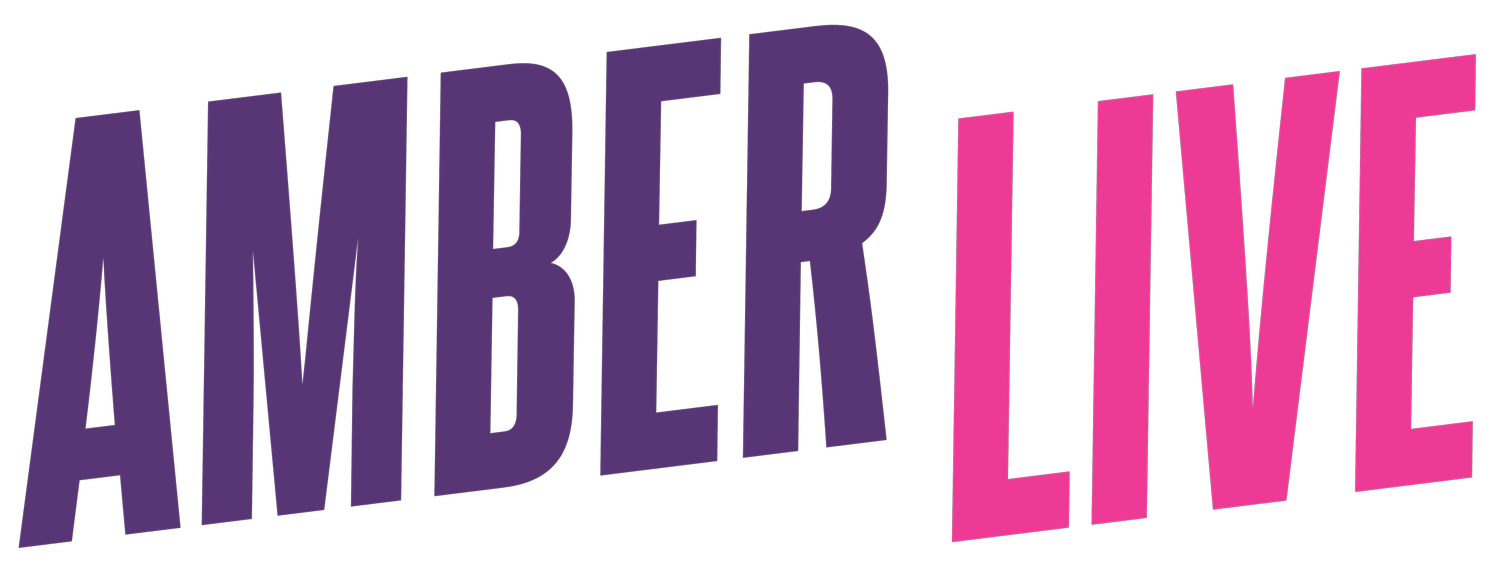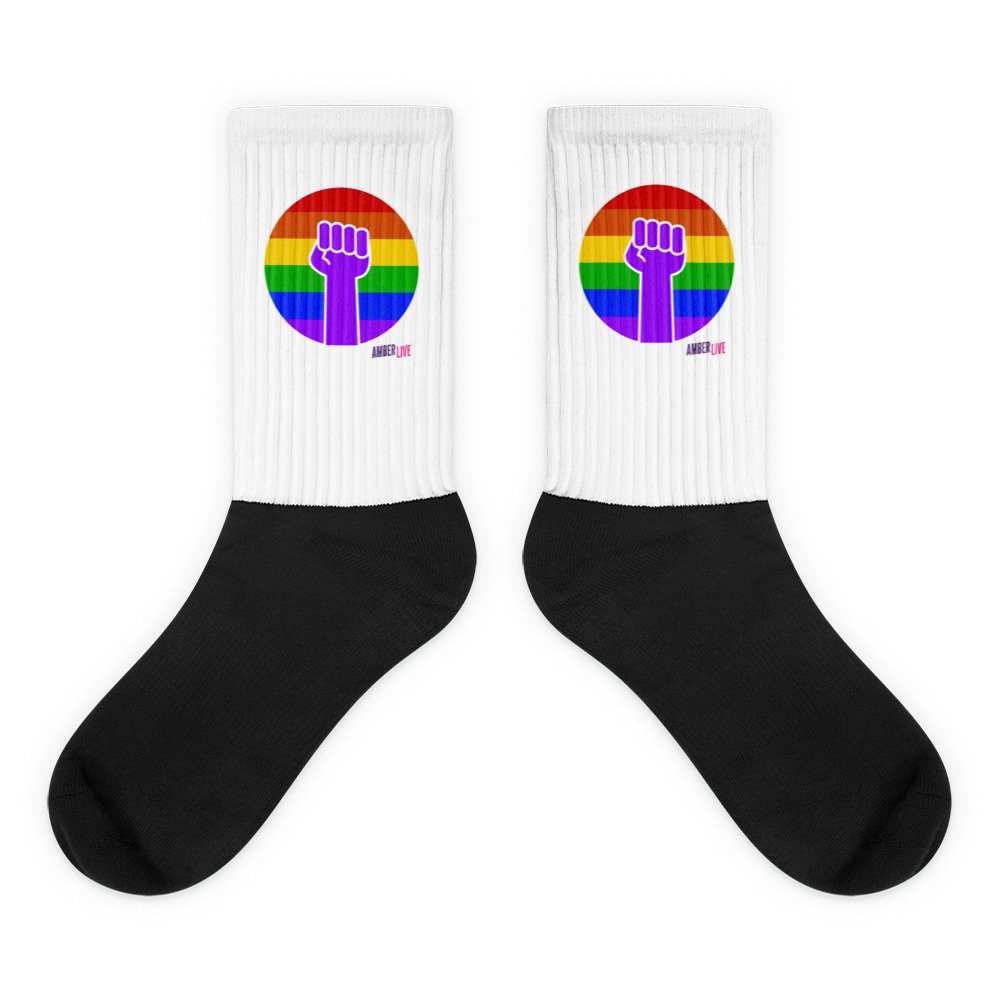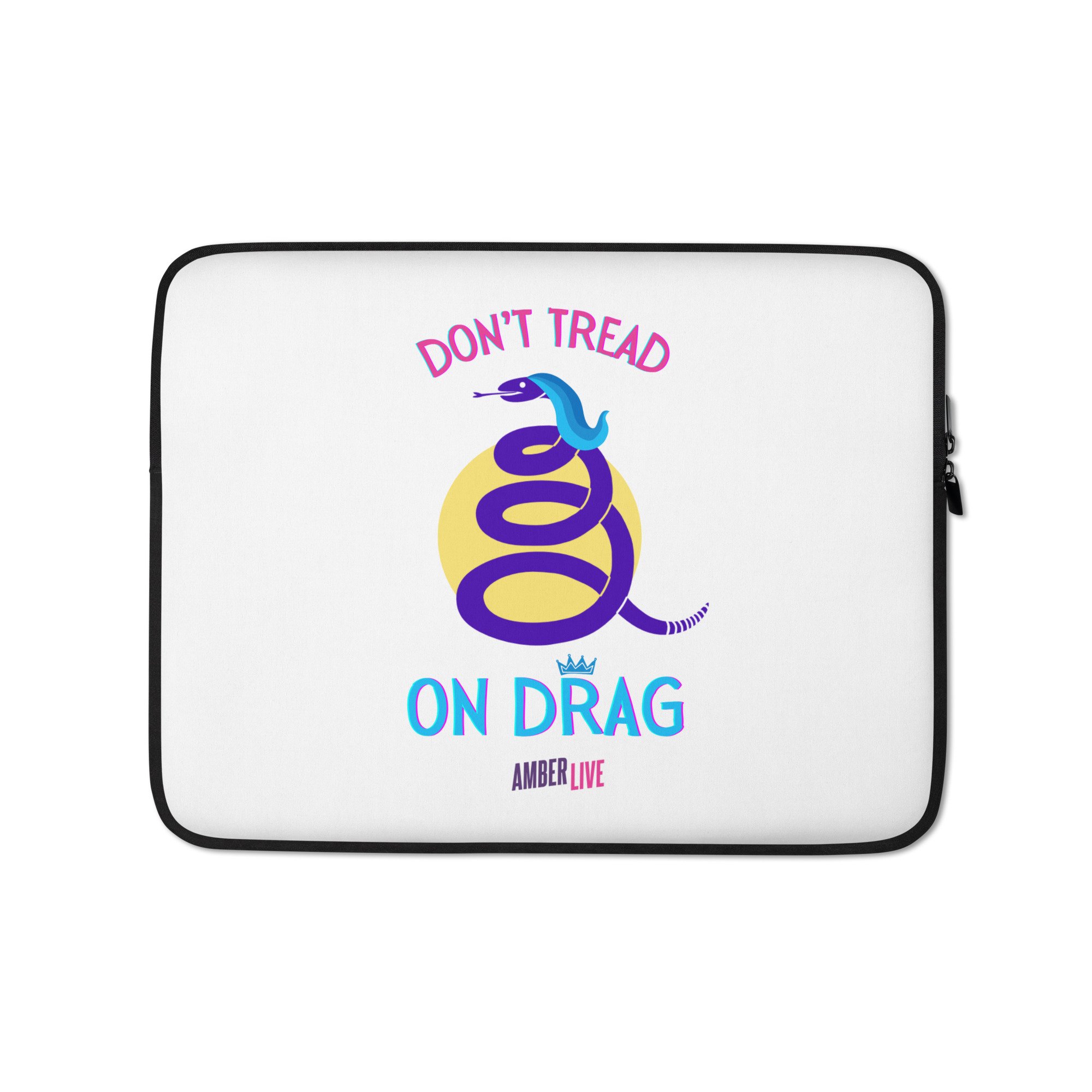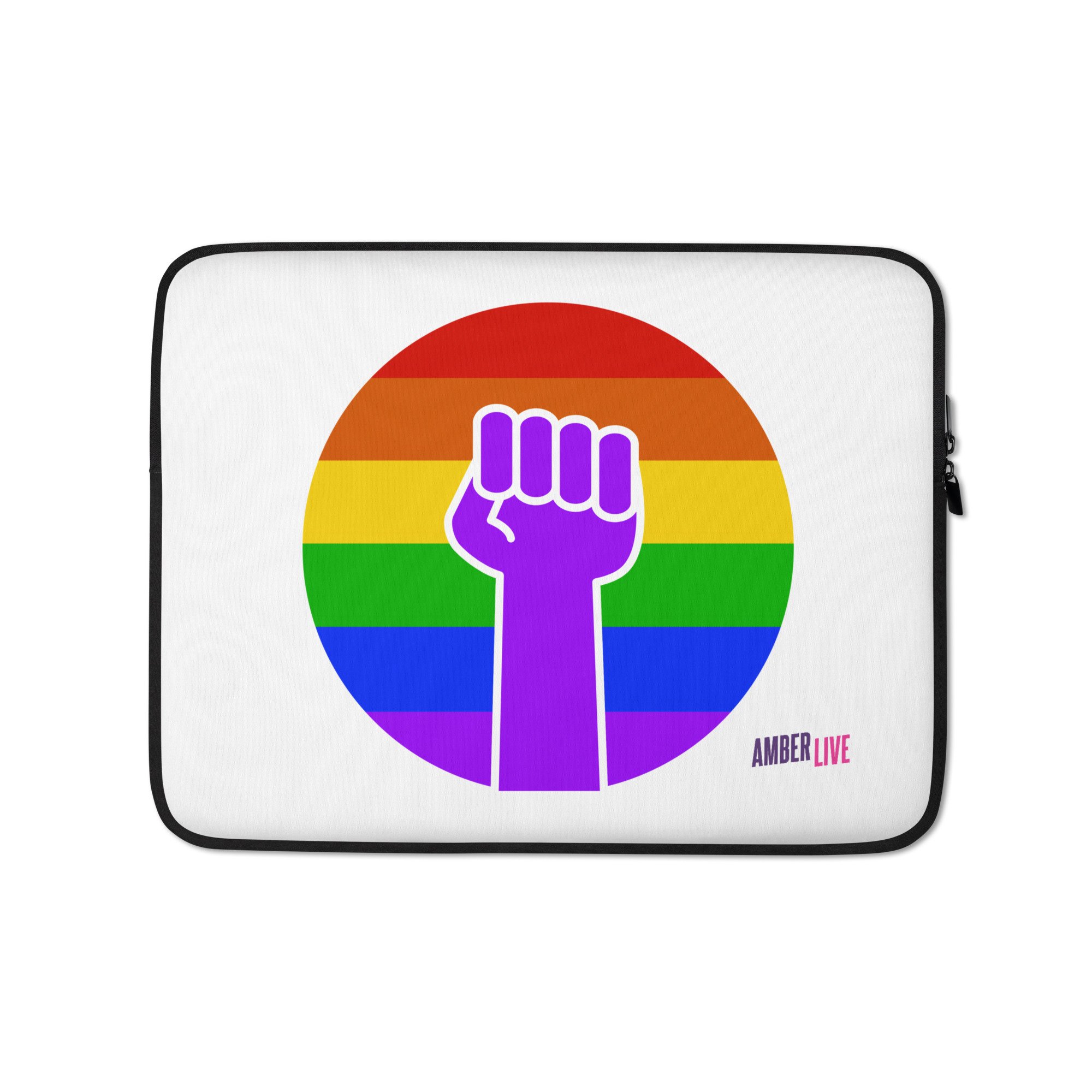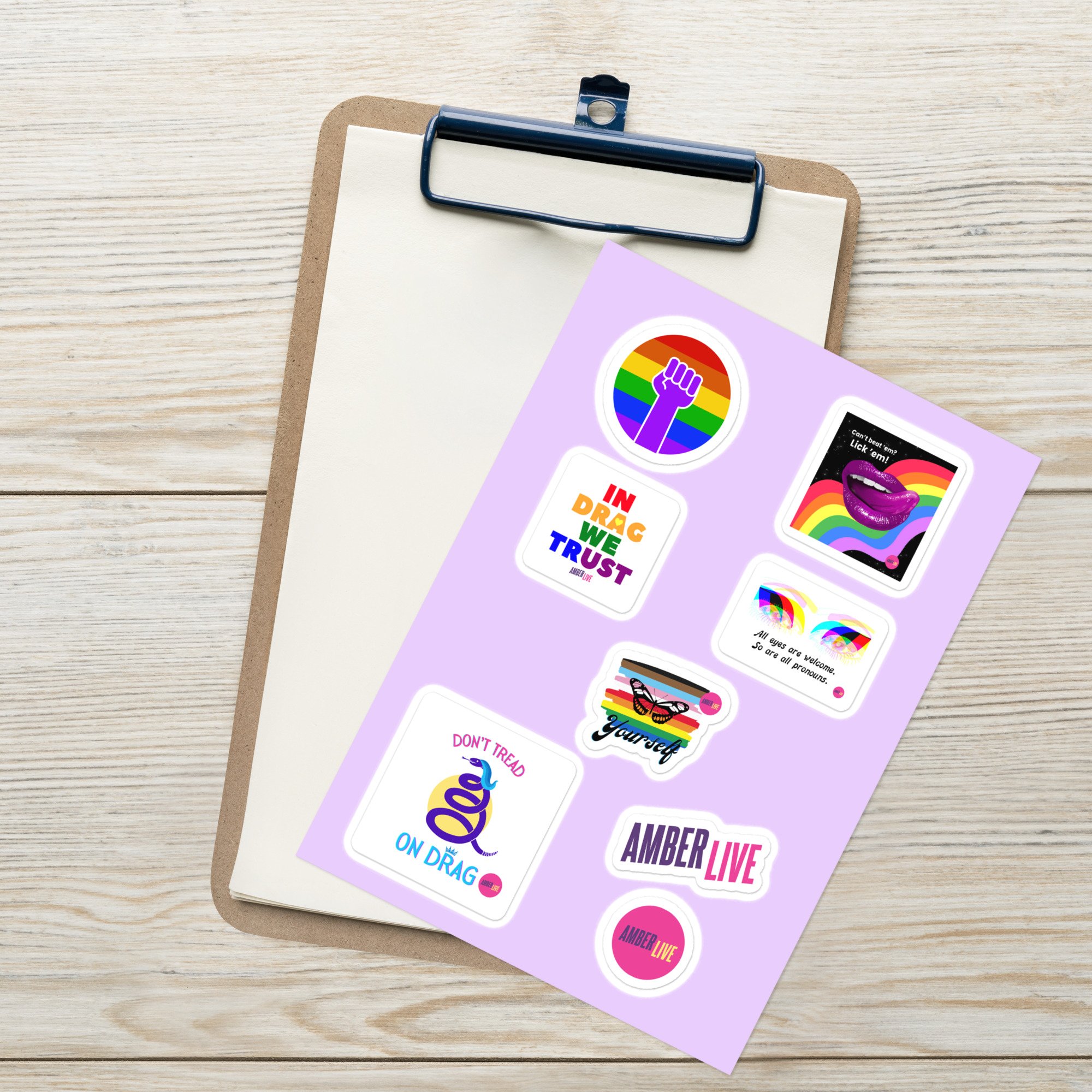LGBTQIA2S + Full Acronym What is the Meaning?
Table of Contents
Introduction to the LGBTQIA2S full acronym
L - Lesbian
G - Gay
B - Bisexual
T - Transgender/Trans
Q - Queer
Q - Questioning
I - Intersex
P - Pansexual
2S - Two Spirit
A - Asexual or Aromantic
A - Ally
K - Kink
The Additional Letters Added to LGBTQIA2S Over Time
Dispelling Myths around Pansexuality
Tracy Baim discusses the order of the letters in LGBTQ+
Importance of the Acronym LGBTQIA2S
The Future of the Acronym LGBTQIA2S
Introduction to the LGBTQIA2S full acronym
What do LGBTQ+, LGBTQIA2S+ and LGBTQQIP2SAA stand for? They are acronyms used to refer to the community of lesbian, gay, bisexual, transgender, queer or questioning, intersex, asexual or aromantic, two-spirit, and more identities. The LGBTQIA2s full acronym has evolved over time as awareness and inclusivity of sexual orientations and gender identities has grown. Let's explore what each of the letters in this LGBTQIA2s full acronym means.
Here is a quick overview explaining what each letter in the LGBTQ+, LGBTQIA2S+, and the LGBTQIA2s full acronym represents:
L - Lesbian
Lesbian - A woman who is emotionally, romantically, and/or sexually attracted to other women. The term originates from the Greek island of Lesbos and is used to describe women who love and form sexual and romantic relationships exclusively with other women. While the use and understanding of the word lesbian has evolved over time, it speaks to a woman's complete identity and inner essence oriented toward connecting deeply with other women on multiple dimensions. Modern definitions emphasize that being a lesbian transcends any particular behavior to represent a homosexual female identity and experience of the world. Some key aspects of lesbianism are an enduring emotional bond with other women, physical and sensual attraction to the female body, and a primary desire for sexual intimacy with other women, though individual lesbians have their own unique way of expressing their identity.
G - Gay
Gay - A person who is emotionally, romantically, and/or sexually attracted to members of the same gender. Most commonly refers to men attracted to men. Typically, gay describes a homosexual male, though the term is sometimes used more broadly to apply to all people who are attracted to the same sex. To be gay is to have an inner essence and experience of the world that leads one to connect romantically, sexually and intimately with those of the same gender. Gay culture and identity began to emerge more publicly in the late 1960s with the gay liberation movement, as gay men and women sought increased visibility and rights. Today, being gay encompasses a range of expressions and experiences, but fundamentally refers to an enduring, chosen bond with a partner of the same sex, as well as engaging in sensual or sexual activity with same-sex partners. While some gay individuals face stigma due to their orientation, progressive shifts in society are leading toward greater acceptance and inclusion of gay people across communities and cultures worldwide. At its core, being gay shapes an individual’s concept of affection, sexuality and relationships. Gay men are a part of the diverse community included in the LGBTQIA2S full acronym.
B - Bisexual
Bisexual - A person emotionally, romantically, and/or sexually attracted to more than one gender. Bisexual people have the capacity to be attracted to and build intimate relationships with both men and women. What unifies bisexual people is that their attraction is not limited by gender—they have the ability to connect and fall in love with personalities and traits across the gender spectrum. Bisexual individuals may not be equally attracted to men and women; some may strongly favor one gender over others when seeking partners, while retaining some flexibility. For this reason, bisexuality exists on both a sexual spectrum and an identity spectrum encompassing various expressions from exclusively homosexual to exclusively heterosexual with a range of preferences in between. At its core, bisexuality represents the ability to recognize beauty, worth and compatibility across all genders though patterns of attraction will be unique to each bisexual individual’s lived experience.
T - Transgender/Trans
Transgender/Trans - Transgender is an umbrella term used to describe people whose gender identity or expression does not conform to the cultural expectations based on their sex assigned at birth. Someone who is transgender identifies with a gender that differs from their biologically or legally designated sex. Being transgender is about having an internal experience of gender that feels authentic, but may not align with societal constructs or norms. People who identify as transgender may take steps to live fully aligned in their identity by changing their pronouns, name, physical appearance, or sex characteristics to better match their inner sense of self. They face unique challenges in a society with binary concepts of gender but draw inner strength from embracing their gender reality despite hardships. Transgender identity transcends biology to represent an affirmation of one’s gender irrespective of the sex listed on a birth certificate or physical body parts. It reflects the diversity of gender that has always existed throughout history around the world. Though transgender equality continues to face obstacles, increased visibility and support have empowered more people to live freely and proudly as their true transgender selves. GLAAD has a list of resources for transgender persons. Transgender persons are a part of the community included in the LGBTQIA2S full acronym that has gotten a lot of attention lately, both positive and negative.
Q - Queer
Queer - The term queer is used as umbrella term encompassing people who do not identify as straight and/or cisgender. Originally holding a pejorative meaning, queer has been reclaimed to represent pride in identities outside of societal norms for gender, sex and sexuality. Those who identify as queer may define themselves as being on the LGBTQ+ spectrum, having fluid desires that are not exclusively heterosexual, rejecting rigid labels such as “gay” or “lesbian” to describe their relationships or attractions, or not conforming to gender binaries or roles expected of their sex assigned at birth. Queer is about acknowledging and celebrating one’s difference from the majority experience in a culture that assumes everyone is cisgender and heterosexual as the default norm. People who claim a queer identity often politically mobilize to challenge and change systems or attitudes that marginalize those seen as outside the mainstream. By calling oneself queer, one acknowledges the complexities of gender, sex and human relations as running counter to what any one label can capture. Fundamentally, queer represents an affirmation of living one’s authentic truth even when it defies the status quo or neat categorization.
Q - Questioning
Questioning - Someone who is exploring their own sexual orientation and/or gender identity. Questioning refers to an exploratory stage wherein an individual is unsure about or exploring their own sexual orientation, gender identity, or gender expression. A questioning person may be attracted to the same and/or different genders, struggling to understand the nature and directionality of their attractions. They also contemplate their internal sense of gender, wondering whether the sex they were assigned at birth aligns or fails to fully reflect their identity. The questioning process indicates an active discovery phase involving openness to one’s self-growth. By embracing confusion around these complex concepts, a questioning person gains courage to examine their feelings without pressure to prematurely label or define themselves. Having the freedom to evolve through uncertainty leads to deeper self-knowledge and confidence about who they are. Part of the questioning journey may include experimenting with relationships, pronouns, clothing styles and community connections to discern what feels most real. With time and insight, questioning enables seeing one’s own unique truth amidst life’s mysteries around gender, attraction and identity. Though questioning can stir up anxiety, inner peace emerge from simply allowing oneself to be.
I - Intersex
Intersex - Intersex refers to people born with physical sex characteristics that do not fit binary medical definitions of male or female bodies. There is a spectrum of intersex variations, which can involve differing chromosomal patterns, atypical reproductive organs, and/or other bodily traits that are considered crossed between male and female expression. The term underscores the naturally occurring biological diversity of sexual characteristics beyond society’s concepts of what is strictly “male” anatomy or “female” anatomy. Upbringing, identity and sexual orientation of intersex individuals may be masculline, feminine or fluid. Historically misunderstood as disordered, the intersex condition is now more accurately framed as an expected variation in human development, similar to diversity in hair color or height. Intersex people face social stigmas and pressures surrounding their bodily differences. However the intersex community courageously advocates for equality and respect while spreading awareness that sex exists across a continuum rather than as a male/female binary. Moving forward, intersex activists work to shift social attitudes as well as reshape medical protocols focused on “normalizing” intersex bodies without the patient's full consent. At its essence, intersexuality demonstrates the wonder of human life transcending boxes and reflecting the beautiful intricacy of nature itself.
P - Pansexual
Pansexual - Pansexuality refers to the romantic, emotional and/or physical attraction toward people regardless of their gender identity or biological sex. Pansexual people have the capacity to love and engage sexually with all gender expressions—men, women, transgender individuals, gender fluid and genderqueer people, and more. The Greek prefix “pan” means all or every, underscoring the core truth that pansexuals can feel attracted to others based on personality, chemistry and connection rather than adherence to any specific gender role. Pansexuality differs from bisexuality in that attraction literally spans across all genders and sexes rather than solely male/female objects of desire. But what truly binds pansexual people is falling in love with hearts and minds before considering the body belonging to a particular gender. Pansexuality fosters deeper bonds by appreciating commonalities of human personality beyond labels. And at its root, it embraces gender diversity by recognizing beauty in masculinity, femininity and everywhere in between the gender spectrum. In this way, pansexuality celebrates endless manifestations of humankind’s depth.
2S - Two Spirit
2S - Two-spirit is a term used to describe indigenous North American people who fulfill culturally distinct gender roles revered in certain tribes. Historically, many Native American communities honored and respected two-spirit persons who blended masculine and feminine traits and capacities. Often occupying shamantic or sacred roles, these individuals transcended the binary by embracing both vulnerabilities and strengths of man and woman. While colonizers imposed rigid European values around gender and sexuality, two-spirit retains ancestral roots denoting one who houses both masculine and feminine spirits. Today, two-spirit continues embracing identities beyond categories of male or female to honor fluidity between or encompassing of both. People who identify as two-spirit feel it resonates with their personal gender identity or sexual orientation in an Indigenous cultural context. Two-spirit carries deep meaning about remembering historic traditions that upheld gender and sexual diversity in reverence rather than restriction. Reclaiming two-spirit has empowered solidarity around reconciling heritage and reimagining future spaces for Native gender outliers pressured to assimilate inside and outside tribal communities. Fundamentally two-spirit fosters self-actualization rooted in ancestry and Mother Earth’s boundless expressions through human vessels.
A - Asexual or Aromantic
Asexual or Aromantic - The community included in the LGBTQIA2S full acronym is very diverse and asexuality and aromanticism describe identities of individuals who experience little or no sexual or romantic attraction to others. Asexuality specifically refers to lack of interest in sexual intimacy and arousal. Asexual spectrum people may still have emotional intimacy in relationships, but do not feel compelled to engage sexually with partners. Their orientation underscores that lack of sexuality does not equate to lack of connection. Aromanticism is defined separately by limited or absent romantic attraction and desire for conventionally romantic partnerships. However, aromantics can maintain friendships as well as feel attraction in other ways, like aesthetically or intellectually. While every person has unique preferences, those identifying as asexual, aromantic or both emphasize separating sexuality and romance from universal human closeness. They experience affiliation on profound levels but simply don’t gravite towards physical/sexual relationships or follow traditional attraction models. Through openly identifying outside sexual/romantic norms, asexual and aromantic communities build awareness that lack of such intimacy still fulfills human emotional capacity and depth. Ultimately these identities highlight sexuality’s extraordinary diversity across humankind.
A - Ally
Ally - An ally refers to a person who actively supports and advocates for communities or causes, even those they do not personally identify with. Allies are often described as straight, cisgender people aiming to better support LGBTQ+ communities. However allies can come from both outside and within the communities they choose stand up for. An ally utilizes their own privilege and power to elevate marginalized voices, raise awareness around key issues, and promote equality and fair treatment. They take initiative to challenge systems and attitudes that demean groups facing intersecting discrimination or limited opportunity. At their core, allies empathize with the realities facing oppressed people and back up verbal support with meaningful action geared to drive change and dismantle injustice. Beyond grand gestures, allies educate themselves, amplify struggles not their own, leverage influence among peers reluctant to accept diversity, and remain aware of how their advantages can make positive impacts. Allies aim to be led by the communities they serve as followers, rather than leaders. They operate from a place of humility and recognize that the true experts of any experience are those living it firsthand. On Amber Live, the Beaver Pond Players include both members of the LGBTQ community as well as Allies and we love them all!
K - Kink
Kink - Including a K for Kink in LGBTQIA2SPK+ is rarely done but some people would like to include it. Other’s argue that kink is a set of activities that people engage in, not a sexuality. Thus, they don’t feel that it should be included in the acronym.
In a general sense, a "kink" refers to an unusual or unconventional sexual interest or preference. It often involves activities, behaviors, or fantasies that deviate from the mainstream or traditional notions of sexuality. Kinks can vary widely from person to person and may include a wide range of activities such as BDSM (bondage, discipline, dominance, submission, sadism, and masochism), role-playing, fetishes, and more.
It's important to note that what one person considers a kink, another might consider perfectly normal or even vanilla. The key aspect of a kink is that it involves exploring or deriving pleasure from activities or desires that are considered outside the norm of conventional sexual behavior. However, as long as all participants are consenting adults and the activities are safe and consensual, there's no inherent harm in exploring one's kinks.
The Additional Letters Added Over Time
People often ask questions such as, “What does the 2 in the LGBTQIA2s full acronym stand for?” It’s a good question for those who don’t know. As the LGBTQIA2s full acronym has expanded, additional letters have been added over time and some people have not yet learned what all the letters mean. The letters that have been more recently added to the LGBTQIA2s full acronym can include but are not limited to:
2S - Two-Spirit, a term used by some indigenous North Americans
P - Pansexual
I - Intersex
A - Asexual
Dispelling Myths around Pansexuality
Pansexuality remains widely misunderstood, even as cultural understanding of diverse sexual and gender identities evolves. Pansexual Visibility Day helps to clarify exactly what it means to be pansexual and challenge persistent misconceptions.
For some, identifying as pansexual signifies an attraction has no correlation to gender identity. Instead they are drawn to a person's spirit and energy, rather than perceiving them through societal assumptions related to gender. The connection between people stems from chemistry as whole human beings.
Sadly, many myths still surround pansexuality. Some wrongly believe it is the same as bisexuality or inherently transphobic in its implications. Other damaging stereotypes paint pansexual individuals as “greedy” and attracted to everyone, or suggest they are simply confused about what they want. However, like the vibrant rainbow encompassing humanity, pansexuality has long existed across cultures. As we continue expanding language to capture lived experiences, pansexuality stands as one authentic thread in the tapestry of life.
Tracy Baim discusses the order of the letters in LGBTQ+
When discussing the question, “what does LGBTQIA2S stand for?”, people sometimes wonder who chose the order of the letters? In the video below, Amber LeMay and Tracy Baim, publisher of the Chicago Reader, discuss the order of the letters and the importance of inclusion in the LGBTQ+ community.
Tracy Baim has had an illustrious career in Chicago journalism spanning over 30 years. As co-founder and publisher of the Chicago Reader, Baim helped build the alternative weekly newspaper into an essential independent voice in the city, known for its investigative reporting, provocative commentary, and comprehensive cultural coverage. Under her leadership, the Reader was particularly impactful in its coverage of LGBTQ issues and figures in Chicago, reflecting Baim's longtime advocacy for and prominence within the city's queer communities. Beyond her work with the Reader, Baim's journalistic exploits include founding and editing Windy City Times, a pioneering LGBT newspaper, as well as producing gay community publications and news programs. Respected for her integrity and determination in a tumultuous media landscape, Tracy Baim continues to foster inclusive spaces for underrepresented voices and stories across Chicago's journalistic institutions. Her vision has profoundly shaped the city's independent press and discourse around diversity.
Importance of the Acronym
The LGBTQIA2S acronym serves some important purposes:
It promotes visibility and inclusion for identities that have historically faced discrimination.
It acknowledges the diversity of gender identities and sexual orientations.
It provides a sense of community and unity in the face of ongoing struggles.
It advocates for social, legal, and political equality.
It empowers and gives voice to minority gender and sexuality groups.
As societal understanding evolves, the acronym will likely continue expanding and evolving as well. The focus should remain on acceptance, support, and embracing the spectrum of human identity.
The LGBTQIA2S+ acronym represents a diverse community. Though it continues to grow, it serves as a symbol of visibility, inclusion, and acceptance for people of all gender identities and sexual orientations. The acronym promotes unity, equality, and empowerment for minority groups in the face of discrimination.
The Future of the Acronym
As awareness and acceptance of gender and sexual diversity continues to progress, it's likely the umbrella LGBTQIA2S full acronym will expand to be more inclusive of marginalized identities. However, there are challenges in finding balance between recognition and cumbersome length of LGBTQIA2S full acronym. Many advocate for the simpler "queer community" as an umbrella term, while others argue more specific language is needed to give visibility to lesser known groups. There are also generational divides, as younger generations increasingly identify outside the gender binary and pioneer terms elders may find confounding. Regardless of its exact letters, the acronym will remain politically important as both a symbol of pride and shared experience of nonconformity. However, the broader queer community would benefit from defining itself not just by how it differs from heteronormativity but by the compassion that comes from shared struggles. As new language emerges, intergenerational education will help bridge gaps in understanding. The future surely holds acronyms more inclusive than the LGBTQIA2S full acronym, but ideally pride in identity will act as a starting point for greater solidarity.
—This article was written, restructured, or adapted by Russell with information gathered from sources around the internet. Russell is the producer of Amber Live and is greatly overworked to pull it all together. If it’s on the internet, it must be true. (We’re kidding.) BUT, if you find any errors or omissions in the article, please let us know so that we may correct the issue. Thanks for your support!
